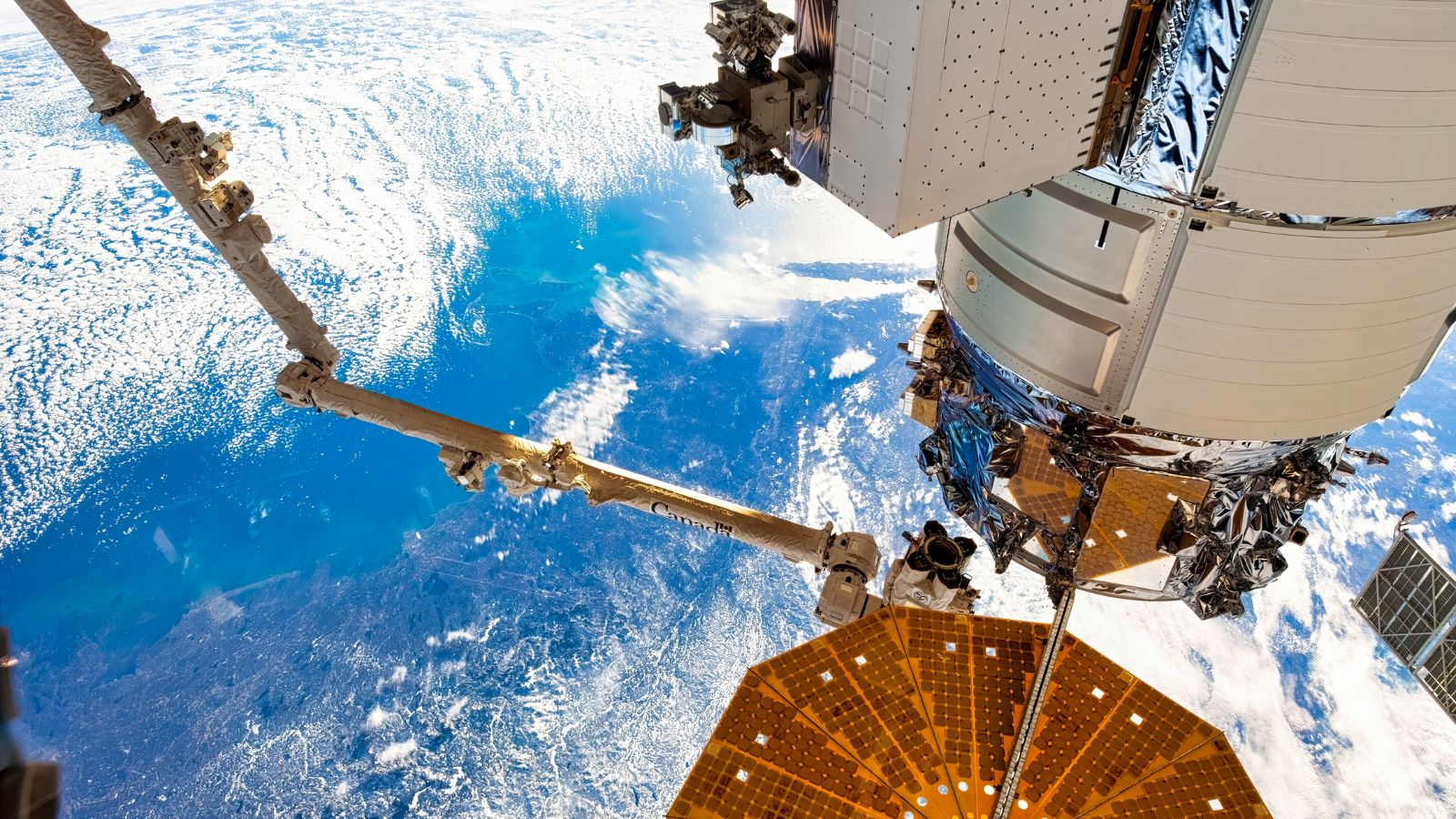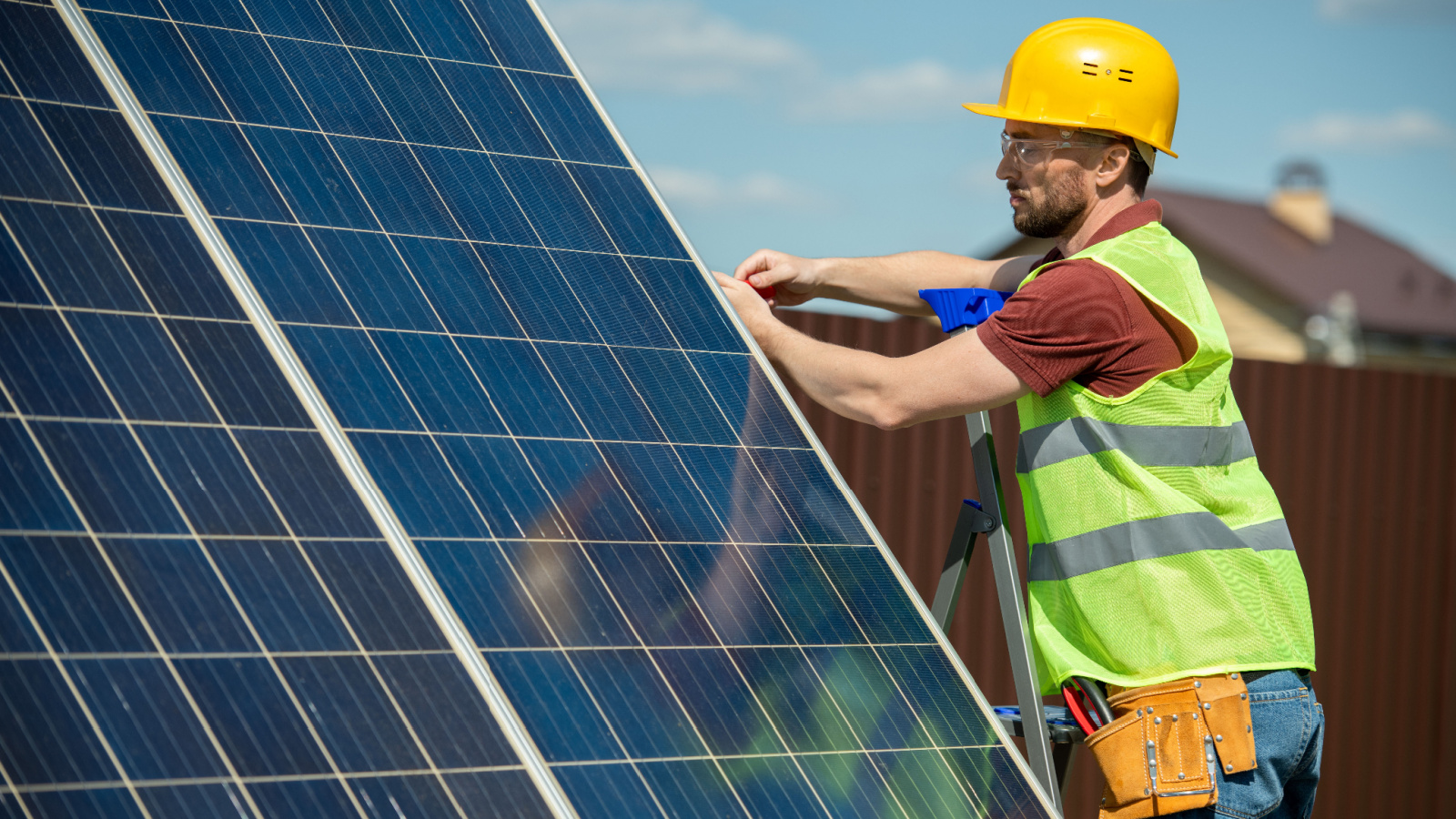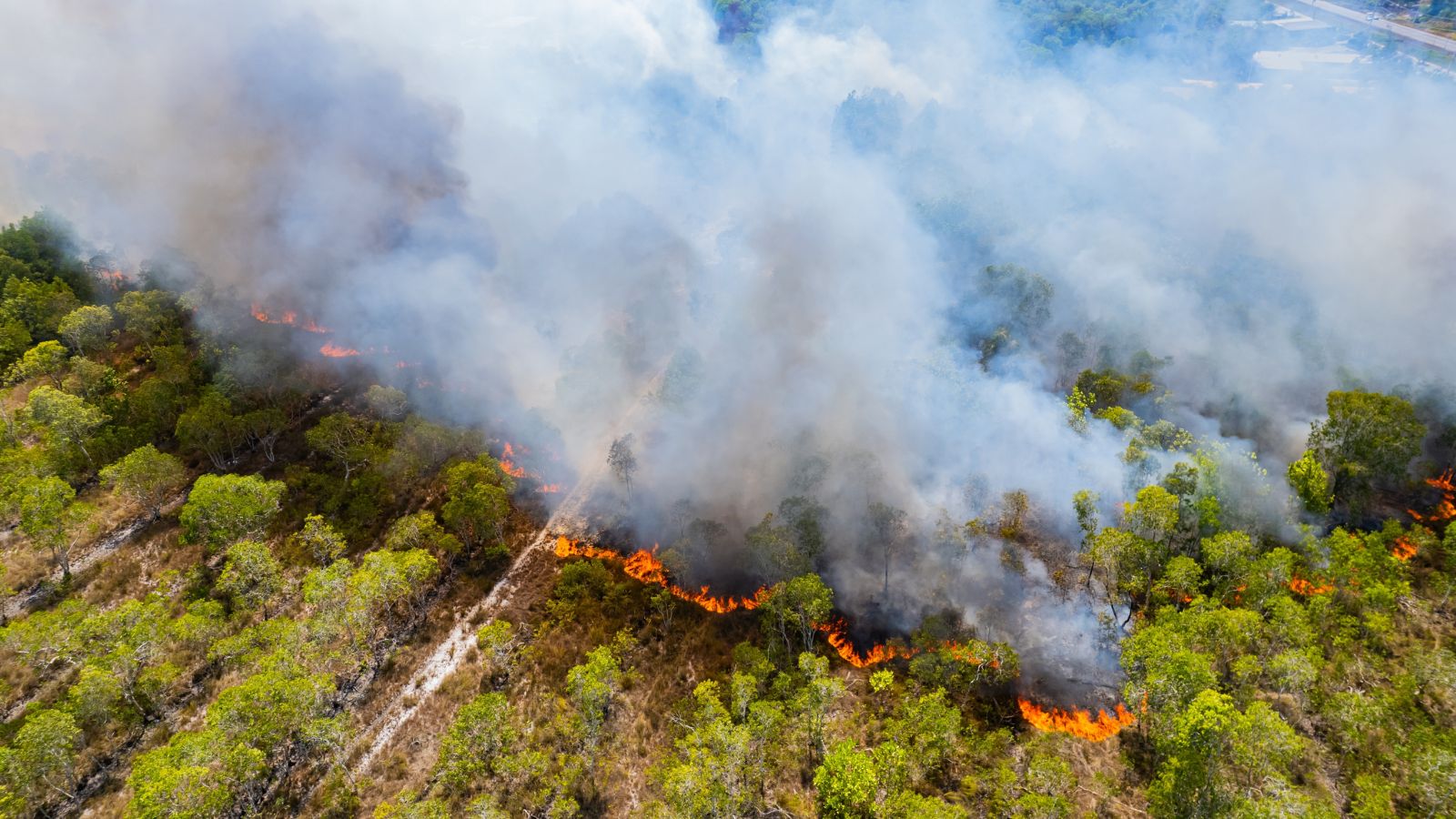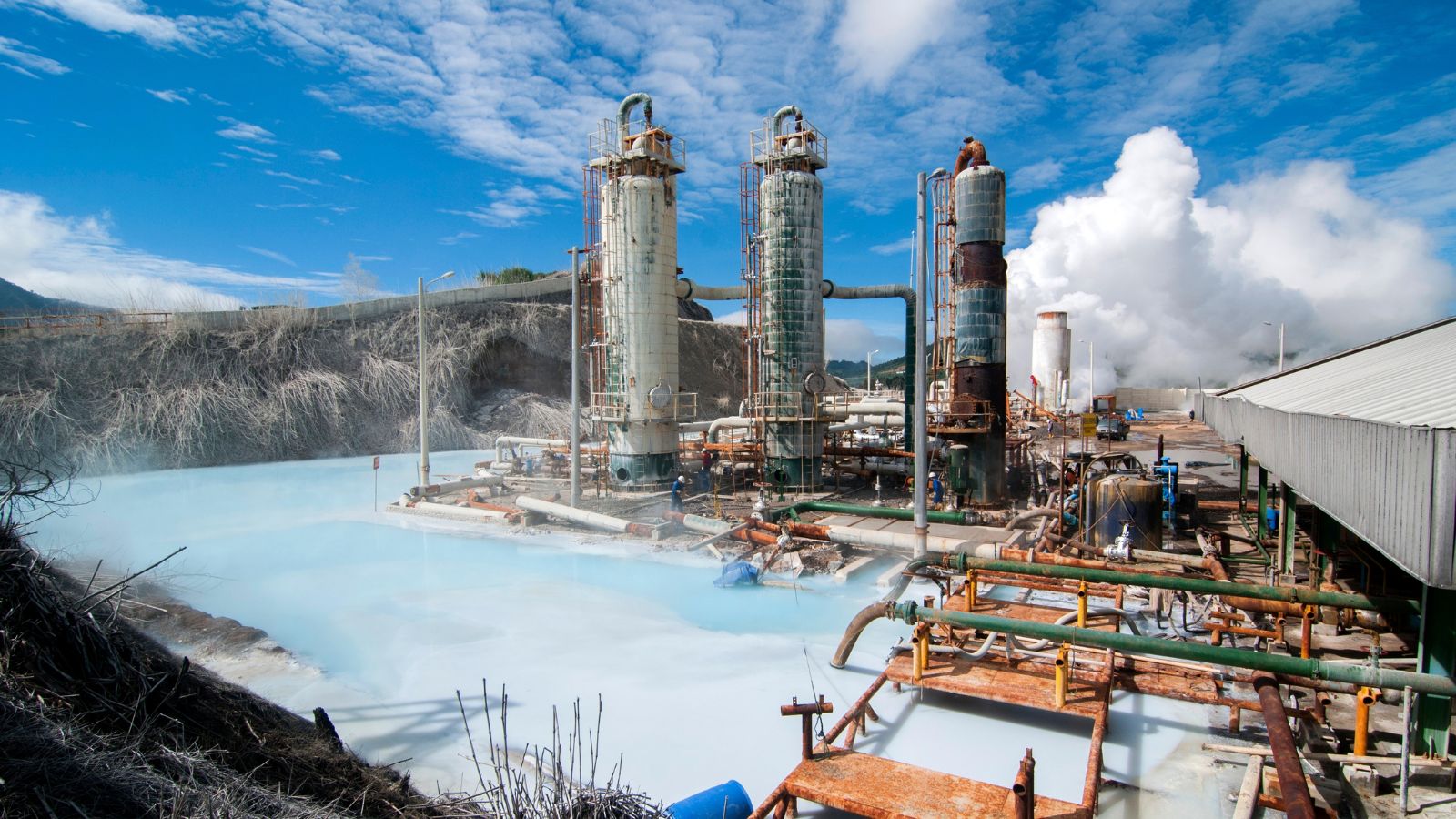Canada has long been seen as a country rich in natural resources, cultural diversity, and steady innovation. But the 2020s and 2030s are shaping up to be a much more ambitious chapter. From clean energy breakthroughs to AI ecosystems, space robotics, Indigenous-led conservation, and next-gen agriculture, Canadian thinkers, scientists, and entrepreneurs are contributing ideas that could ripple far beyond national borders. Here are 22 Canadian ideas that could define the next decade.
Ultra-Low-Carbon Hydrogen Production

Canada is emerging as a leader in clean hydrogen, especially in Western provinces where abundant natural gas and carbon capture infrastructure create a strong foundation. The push toward blue and green hydrogen is tied to decarbonizing heavy industries, shipping, and long-haul transport. With global demand expected to surge by 2035, Canada’s large-scale investment in hydrogen hubs positions the country as a major exporter. The idea gaining traction is not simply producing hydrogen but creating entire clean-fuel corridors linking North America, Europe, and Asia, which could transform global energy logistics.
Indigenous-Led Climate Stewardship Models

Indigenous communities across Canada are developing frameworks that blend traditional ecological knowledge with modern conservation science. These models are influencing new policy approaches in land protection, wildfire management, biodiversity preservation, and water governance. As the world searches for more sustainable and culturally grounded climate solutions, Indigenous stewardship is increasingly referenced as a template for long-term resilience. Over the next decade, this idea could shape global environmental governance, especially as Canada expands Indigenous Protected and Conserved Areas (IPCAs) and supports self-determined resource management.
AI Safety and Responsible AI Frameworks

Canada helped launch the modern AI era with research hubs in Toronto, Montreal, and Edmonton. The next decade is expected to focus on ethical and safe deployment. Canadian institutions are crafting transparent, auditable, and human-centred AI governance models that balance innovation with accountability. As AI becomes embedded in healthcare, finance, and transportation, these frameworks could become global standards. By advocating structured testing, privacy protection, and bias mitigation, Canada is positioning itself as a responsible AI arbiter, shaping international guidelines and regulatory norms.
Climate-Resilient Smart Cities

Canadian cities like Vancouver, Toronto, and Montreal are testing interconnected systems that combine renewable energy, real-time transit optimization, digital twins, and green building technologies. The goal is to create climate-resilient communities that reduce emissions while improving liveability. Over the next decade, this idea could expand into adaptive infrastructure that responds to heatwaves, flooding, and energy surges. Smart city projects developed in Canada may become exportable urban models, particularly for regions seeking sustainable growth without compromising density or quality of life.
Next-Gen Forestry and Sustainable Wood Construction

Sustainable forestry practices and engineered wood technologies are central to Canada’s vision of climate-friendly construction. Mass timber buildings, already rising in multiple provinces, offer a lower-carbon alternative to cement and steel. Designers are exploring fire-resistant composites, tall-timber skyscrapers, and modular building systems that reduce waste. This idea could define global architecture as more countries search for renewable construction materials. Canada’s forestry management expertise and vast timber base give it a unique opportunity to lead the future of sustainable urban development.
Arctic Sovereignty and Polar Research Innovation

Canada’s Arctic holds strategic value as melting ice reshapes global shipping routes and resource access. Canadian researchers are advancing climate monitoring stations, icebreaker technologies, remote energy systems, and resilient housing for northern communities. The broader idea revolves around balancing sovereignty, environmental stewardship, and Indigenous rights. With international interest in the Arctic growing, Canada’s approach may set a precedent for sustainable polar development and multinational governance over the next decade.
Electric Aviation for Regional Travel

Canadian startups and aviation researchers are experimenting with electric and hybrid-electric aircraft designed for short-range routes common in remote regions and mid-sized cities. These aircraft promise lower emissions, quieter operations, and reduced operating costs. With Canada’s vast geography and many communities accessible only by air, the push toward electric aviation could redefine regional connectivity. Over time, this idea may accelerate global adoption of low-emission aircraft fleets in countries facing similar geographic challenges.
Sustainable Critical Minerals Supply Chains

Canada is rapidly positioning itself as a stable supplier of critical minerals such as lithium, nickel, cobalt, graphite, and rare earth elements. These minerals are essential for EV batteries, semiconductors, and renewable energy technologies. The next decade will likely focus on environmentally responsible extraction, Indigenous partnerships, and low-carbon processing. As geopolitical tensions disrupt global supply chains, Canada’s transparent and ESG-aligned mineral ecosystem could become indispensable to manufacturers worldwide.
Vertical Farming and Controlled Environment Agriculture

Canadian innovators are investing heavily in controlled environment agriculture that uses robotics, LED spectrums, and climate-controlled facilities to grow food year-round. The idea is particularly crucial for northern and urban regions where traditional farming is limited. Vertical farms require less land and water, reduce transport emissions, and offer resilient food production even during climate disruptions. Over the next decade, Canada’s advancements could shape global urban agriculture strategies, especially in countries struggling with food security.
Clean-Tech Carbon Capture and Utilization

Canada is developing some of the most ambitious carbon capture, utilization, and storage (CCUS) projects in the world. New technologies aim to convert captured CO2 into fuels, building materials, and industrial inputs. Alberta and Saskatchewan, in particular, host large geological formations suitable for safe CO2 storage. As carbon reduction targets tighten worldwide, Canada’s CCUS innovations could be exported to heavy-emission sectors globally, making it a key player in the climate-tech landscape.
Open Banking and FinTech Transparency

Canada’s move toward open banking focuses on secure data-sharing frameworks that empower consumers with greater financial control. Transparent fintech ecosystems can improve competition, reduce fees, and enable personalized financial services. The next decade could see Canada export policy templates for digital finance that balance innovation with privacy. This idea may also accelerate AI-driven financial planning tools, new credit models, and secure cross-border payments that reshape financial services worldwide.
Space Robotics and Autonomous Exploration

The world already recognizes the Canadarm as a major contribution to space history. The next decade will extend Canada’s robotics legacy into lunar missions, autonomous rovers, and orbital servicing technologies. With commitments to NASA’s Lunar Gateway and multiple private space initiatives, Canada’s robotics innovations could drive the next era of off-Earth infrastructure. These technologies may support mining, maintenance, and scientific exploration in ways that reshape the economics of space.
Digital Health Twins and Predictive Care

Canadian medical researchers are advancing digital twins for healthcare: virtual models of patient organs or entire physiological systems. These systems allow physicians to simulate treatments, predict disease progression, and personalize care plans. With aging populations and rising healthcare demands, digital health twins offer a powerful tool for improving outcomes while reducing costs. Canada’s early leadership in this field could influence global standards for precision medicine.
Net-Zero Housing Retrofits

As older homes become energy liabilities, Canada is spearheading cost-efficient retrofitting models using heat pumps, smart insulation, solar integration, and airtight building methods. Public programs and private startups are developing scalable solutions for homeowners and municipalities. Over the next decade, these retrofit models could become global blueprints for residential decarbonization. The idea is not just about energy savings but creating homes that are healthier, more resilient, and future-ready.
Blue Economy Innovation on the Coasts

Canada’s 243,000-kilometre coastline is more than a geographical bragging right; it’s a living laboratory for reimagining ocean-based economies. Atlantic provinces are pioneering tidal energy systems that harness predictable ocean currents, offering a renewable power source with minimal visual impact. On the Pacific side, marine biotech startups are exploring kelp-derived proteins, natural pharmaceuticals, and carbon-absorbing seaweed farms that improve both climate resilience and coastal livelihoods. Fisheries scientists are building AI-powered monitoring systems to protect marine biodiversity and prevent overfishing. As water scarcity, marine degradation, and rising seas challenge nations worldwide, Canada’s blue-economy innovations could serve as a model for responsible, ocean-driven growth.
AI-Enhanced Natural Disaster Response

Extreme weather events are increasing, and Canadian researchers are building AI systems that detect, model, and respond to wildfires, floods, and storms. These tools analyse live data from satellites, drones, sensors, and climate models to generate early warnings and optimize evacuation plans. Over the next decade, AI-driven disaster resilience could significantly reduce human and economic losses. Canada’s solutions may be adopted globally, especially in regions grappling with climate volatility.
Quantum Computing Commercialization

Canada’s quantum ecosystem is accelerating from pure research to real-world deployment, fuelled by world-class labs in Waterloo, Toronto, and Vancouver. The country’s quantum companies are developing hardware platforms ranging from photonic qubits to superconducting chips, each with distinct advantages for scaling. The idea shaping the next decade is the shift from theoretical breakthroughs to practical applications: optimizing supply chains in minutes, designing new materials atom by atom, securing communications with quantum encryption, and accelerating drug discovery. Government funding programs and industry partnerships are lowering barriers to adoption. As global demand for quantum capabilities intensifies, Canada’s early investments and research depth position it as a potential anchor for the emerging quantum economy.
Ethical Genomics and Precision Agriculture

Canadian scientists are using genomics to develop resilient, nutrient-rich crops that withstand drought, pests, and extreme temperatures. Unlike conventional approaches, the emphasis in Canada is on transparent ethics, Indigenous knowledge inclusion, and long-term ecosystem health. These ideas could redefine global agriculture as climate-related crop failures increase. By blending cutting-edge genomics with responsible governance, Canada may shape how countries navigate food security challenges.
Low-Temperature District Energy Systems

District energy systems distribute heating and cooling from central plants to entire neighbourhoods, reducing emissions and improving efficiency. Canada is pioneering low-temperature networks that integrate geothermal, waste heat, and renewable sources. These systems offer scalable climate solutions for dense cities and new developments. Over the next decade, Canadian-designed district energy models could influence sustainable infrastructure planning across Europe, Asia, and North America.
Mental Health Tech and Accessibility Platforms

Canada is investing in digital mental health tools that expand access to therapy, crisis support, and long-term care. These platforms integrate AI triage, virtual counselling, culturally informed care, and secure data ecosystems. The idea is to reduce barriers and offer proactive support rather than reactive treatment. As global mental health demand rises sharply, Canada’s digital-first frameworks could become influential blueprints for inclusive and secure mental health systems.
Indigenous Entrepreneurship and Economic Reconciliation Models

A growing number of Indigenous-led businesses, investment funds, and economic development corporations are demonstrating new partnership models that blend community ownership, environmental care, and long-term value creation. Canada’s economic reconciliation frameworks promote equitable revenue-sharing, local employment, and rights-respecting development. Over the next decade, these models could reshape global conversations around inclusive growth and corporate responsibility.
Hyper-Connected Post-Secondary Innovation Hubs

Canadian universities are forming cross-disciplinary innovation ecosystems that link students, researchers, startups, and industry under one umbrella. These hubs focus on biotechnology, clean energy, quantum computing, climate policy, and advanced manufacturing. The idea is to accelerate commercialization and strengthen Canada’s global competitiveness. Over the next decade, these integrated hubs may influence how countries redesign their education systems to meet rapidly evolving economic demands.
21 Products Canadians Should Stockpile Before Tariffs Hit

If trade tensions escalate between Canada and the U.S., everyday essentials can suddenly disappear or skyrocket in price. Products like pantry basics and tech must-haves that depend on are deeply tied to cross-border supply chains and are likely to face various kinds of disruptions
21 Products Canadians Should Stockpile Before Tariffs Hit
